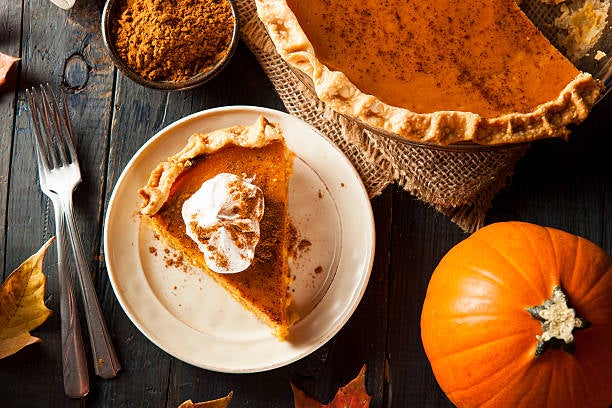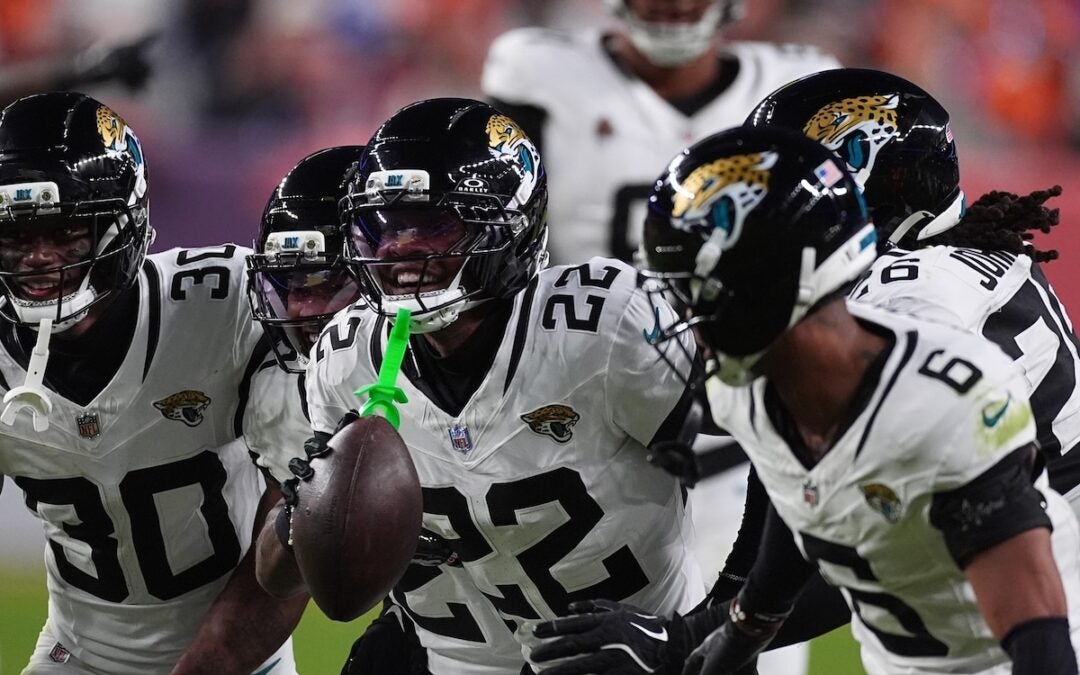Each year, turkey is the star of the Thanksgiving table, but it is always the fresh-baked pies that steal the show. Whether it’s pumpkin, apple, coconut or key lime, it is pie that puts on the perfect finale for the Thanksgiving feast.
Grocery bakers at stores, such as Kroger and Publix, begin mixing ingredients three days before the holiday to serve the demand for over 50,000 heat-to-order pies, according to the American Pie Council (APC).
Traditionally, pumpkin pies are considered the unofficial pie of Thanksgiving, leading many to believe that pumpkin pie was the centerpiece for the very first observance of Thanksgiving in the pre-Colonial era of America. However, most experts believe that to be a myth. While pumpkins themselves were abundant that year, crop failures likely meant that the ingredients to make the crust were unavailable.
According to the APC, there is evidence that pie was featured the second year the pilgrims celebrated Thanksgiving in 1623. Perhaps that fact coincided because of far more cooperation existed between the settling Europeans and Native Americans during second the growing season.
Pie is a dish that was developed early in human civilization, with indications that the ancient Greeks had a forms of pastries we like what we might call pie today. However, the concept of baking foodstuffs in a pastry shell has changed dramatically over time.
In Medieval times, the type of pie eaten would be determined by wealth and status. Nobles and their families would have all types of choices when it came to pies, with meats, vegetables and fruits all sharing the same buttery, flakey cover in some form.
The peasant class also enjoyed pie; however, those pies were an amalgamation of foods that were on-hand, baked in a crust that was inedible. According to Thyme Machine Cuisine, the “crust,” made largely with suet and lard, was formed by hand and would dry to almost act as a ceramic.
This “pie” could be cooked over an open flame and the crust would be chipped away to reveal the goodies inside before being tossed in the trash pit. Archeologists have learned tons of information about the history of pie by sifting through those trash pits.
The European techniques for baking pies did make it across the ocean with the settlers, but with the abundance of grain in North America, it is likely that the natives had their own versions. However, since fruits such apples, lemons, plum and pumpkins were also plentiful, most pies were served as dessert treats rather than being the centerpiece of the family meal.
Pumpkin pie would make a resurgence in popularity in the United States and emerged as an unofficial symbol of the abolitionist movement in the mid 19th century.
Almost all experts agree that it was ardent abolitionist Sarah Josepha Hale, the lady who lobbied President Abraham Lincoln to make Thanksgiving a national holiday, who paired the desert with the year’s biggest feast. According to The Food Historian, Hale even included her favorite recipe for pumpkin pie in her novel, “Northwood: A Tale of New England.”
So, not only is pumpkin pie considered to be the best fall comfort dessert out there, but, in it’s own way, it has become a symbol of freedom and liberty; after all, the pumpkin becomes the vehicle of freedom for Cinderella. Tyrants have also used pie to control the masses.
In England, Oliver Cromwell banned the eating of pie in 1644, declaring it a pagan form of pleasure. Once he died, the ban was lifted and his severed head hung on a pike.
…And that is something you may not have known.
Scott Hudson is the Senior Investigative Reporter and Editorial Page Editor for The Augusta Press. Reach him at scott@theaugustapress.com










